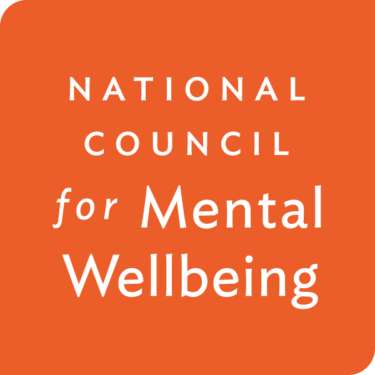While last summer’s protests throughout the nation exposed the enormous scope and scale of structural racism in America – and the generations of pain it has caused – it also provided opportunities to talk about where racism persists, how it harms people and what we can do to rectify racial inequity.
The protests have forced all of us throughout the healthcare continuum to acknowledge and address the urgent need to eliminate the barriers to access preventing so many people of color from receiving the healthcare they need – physical health care and care for mental health and addictions.
In response, we’ve already had numerous conversations and launched or joined efforts at the National Council to determine how we can help organizations improve health equity.
The protests also shed light on a problem in healthcare that hasn’t received enough attention. Not only must we eliminate barriers for those receiving care, we must also eliminate barriers for those who want to provide care.
The healthcare workforce is in need of greater diversity.
Specifically, few organizations have cultivated a team of leaders who look like the communities they serve. That is also true of the National Council member organizations that provide treatment and services for those with mental illness and substance use disorder.
We can attack this problem organically by continuing to attract a pool of diverse young people to Certified Community Behavioral Health Clinics (CCBHCs) and other mental health and
addiction programs.
By retaining those workers, organizations will develop a leadership pipeline that can help address the lack of diversity among their upper ranks.
We must also address systemic problems that affect our ability to establish clear and easy-to-navigate pathways for young people of color to enter the profession. Without reliable pipelines of entry level workers, our labor pool will evaporate.
National Council member organizations already face pressure from staffing shortages and burnout among employees. The Health Resources & Services Administration (HRSA) projects there will be a nationwide shortfall of over 12,500 adult psychiatrists and over 11,500 addiction counselors by the year 2030. Access to pediatric providers is particularly problematic, with 70% of counties in the U.S. having no practicing child psychiatrist.
Much work has been done to create paths for young people through internships
and apprenticeships.
The National Council’s Social Workers on the Front Line of the Opioid Epidemic Learning Collaborative, an initiative funded by the New York Community Trust, educates and trains future social workers. This 20-month learning collaborative with 10 schools enhances coursework and training to prepare social work students to respond to the current opioid and drug epidemic. In the current academic year the learning collaborative is engaging faculty, along with 76 students and their field placement supervisors, to help develop talented social workers with the skills to provide treatment and services to vulnerable individuals in communities across the country.
HRSA’s National Health Service Corps and Nurse Corps awarded $500 million last October to recruit and retain healthcare workers and students. Two programs within the National Health Service Corps – the NHSC Substance Use Disorder Workforce Loan Repayment Program (SUD Workforce LRP) and NHSC Rural Community Loan Repayment Program – are intended to increase the number of clinicians treating those with opioid use disorders.
HRSA’s Bureau of Health Workforce also has developed numerous programs to encourage young people to enter healthcare. Some offer scholarships, loans or loan repayment in return for agreeing dedicate a specified number of years to a profession in healthcare. Some of those programs apply directly to schools, hospitals and health department that want to attract young people to professions in mental health and addiction treatment.
Healthcare organizations are leveraging these programs, but many gaps remain.
Students with few financial resources also have few options. A family’s lack of income should not represent a disqualifying factor for a young person interested in entering healthcare.
More broadly, the organizations that hire and place people who enroll in apprenticeships and internships need more incentives to leverage these important programs that serve as pipelines. To date, they are not reimbursed in a way that makes participation sustainable.
These programs, and programs yet to be developed, must be designed in ways that provide opportunities – for students, communities and the organizations providing care.
The COVID-19 pandemic illustrated how important healthcare workers are to our nation’s wellbeing and our economy. It also has created historic demand for mental health and
addiction treatment.
Through the development of sustainable programs, organizations that provide mental health and addiction treatment will be able to meet that demand while also providing opportunities for young people of all backgrounds and cultivating a more diverse leadership.
That would be an excellent way to acknowledge and honor Black History Month.
Does your organization have strategies to attract professionals with a diverse background to your boardrooms and C-suite? Are there strategies to fill openings throughout your organization that you recommend or could be replicated?
Let us know by sharing your thoughts in the comments. Let’s learn from one another.

